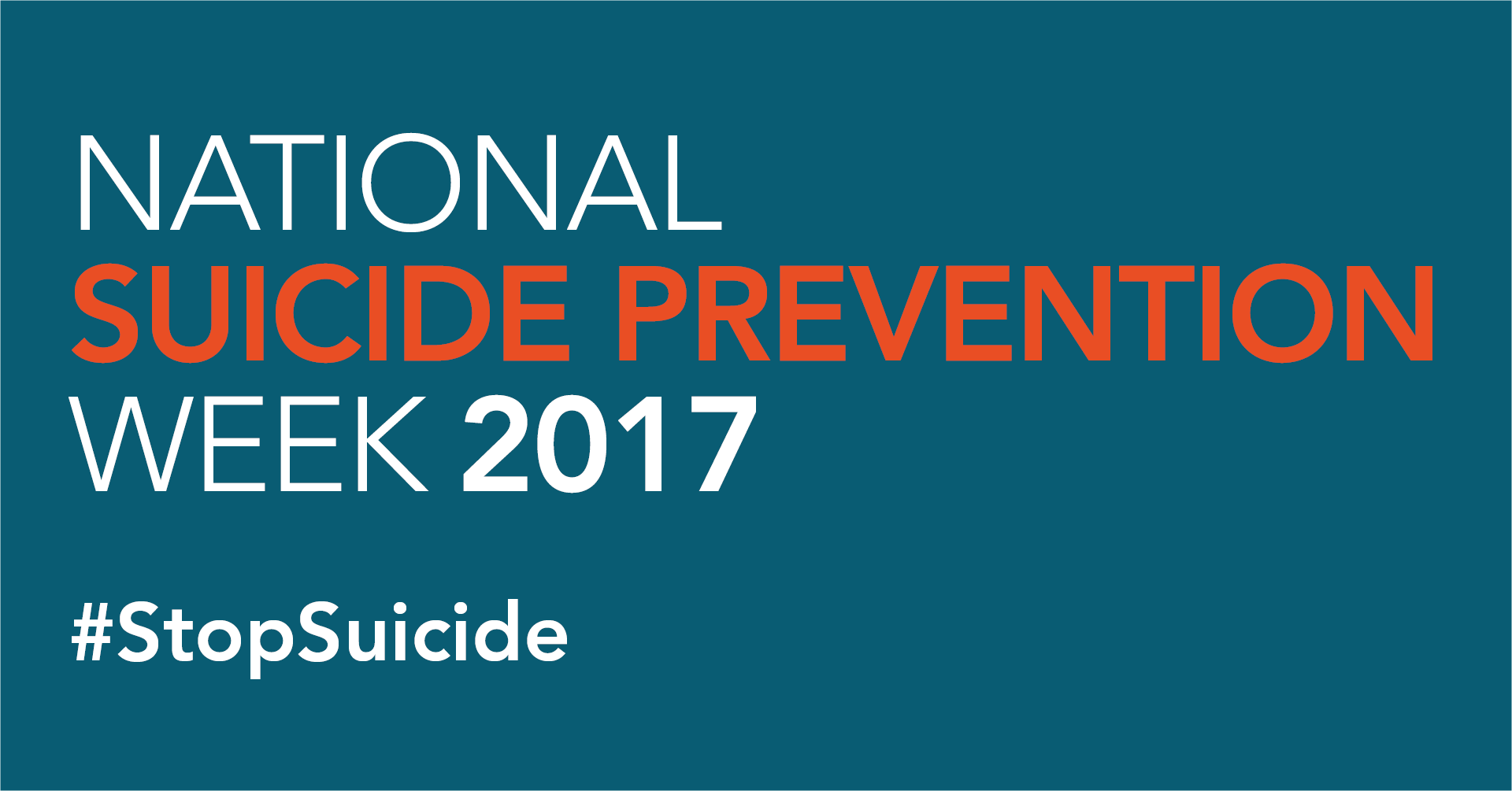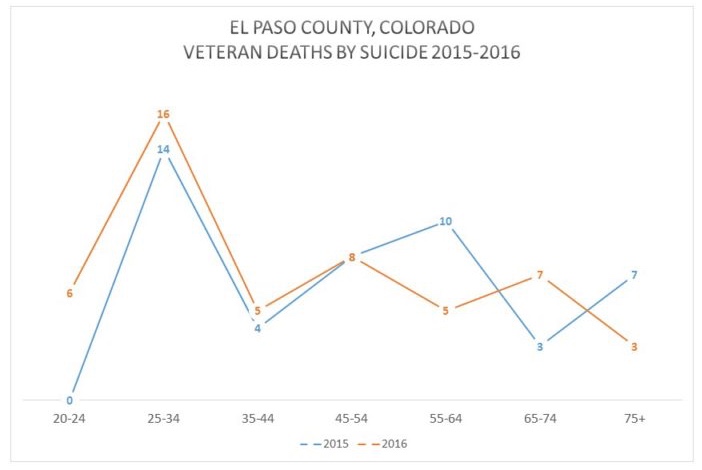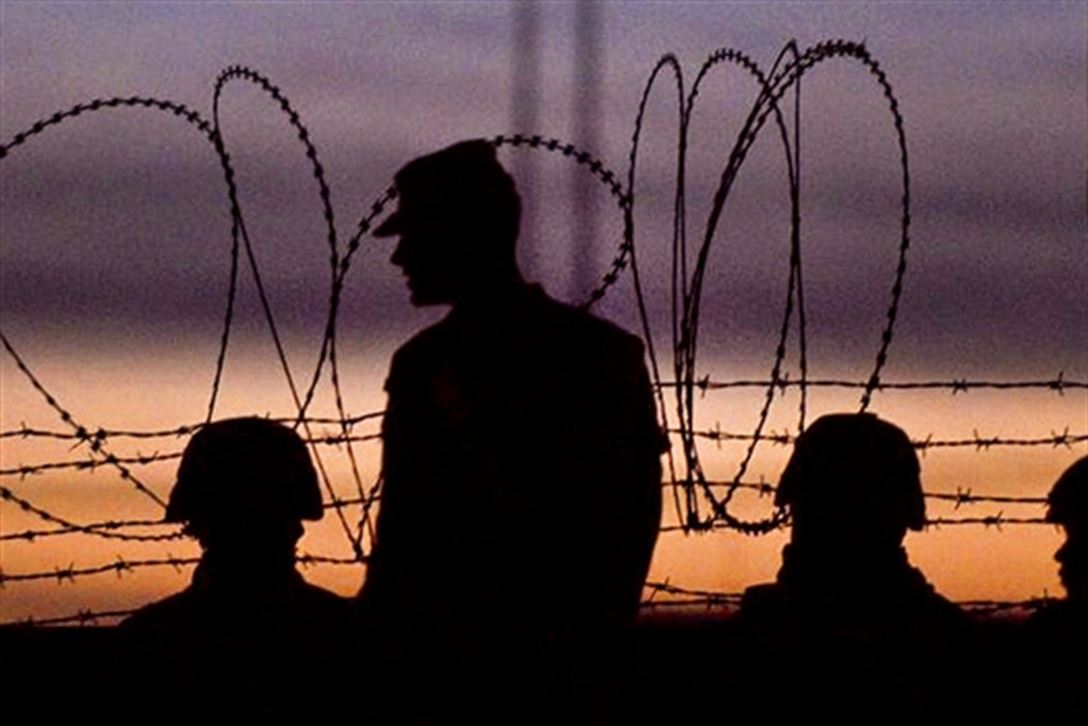
It’s impossible to talk about Veteran Mental Health without addressing the elephant in the room: veteran suicide. The crisis surrounding veteran suicide is at epic proportions, and have been for quite a while. The Secretary of Veterans Affairs, David Shulkin, has made combating veteran suicide the top clinical priority of the organization. It’s a controversial topic; despite many different attempts at addressing the ongoing numbers of veterans taking their own lives, the numbers do not appear to be diminishing. Some veterans point to the system as the problem, others point to uncontrolled substance abuse, still others point to the focus on veteran suicide in the first place.
Regardless of the reason, or who’s to blame, it still happens. Perhaps some specific statistics would be helpful.
Colorado Springs, Colorado, is a military town. It’s not really the type of military town that Fayetteville, Killeen, or Clarkesville, TN are. It’s more like Norfolk, VA or San Diego. Significant active duty military presence, along with a large population of military retirees and government contractors. El Paso County, the county that surrounds and includes Colorado Springs, is the only county in the nation with five military installations within it’s geographic boundaries: Fort Carson, the Air Force Academy, Peterson Air Force Base, Schriever Air Force Base, and Cheyenne Mountain Air Force Station. It is often a desired assignment for several branches of service, and service members often retire here, or return here after their retirement. I know…it’s what I did.
According to the 2014 Census, there were over 680,000 individuals living in El Paso County, Colorado. That includes 84,000 veterans…not counting military spouses, retiree spouses, or active duty service members. That is a huge amount of veterans; you can’t go anywhere in the community without interacting with someone who has served or is serving.
In 2015, 46 veterans took their own life. In 2016, the number increased to 50. Here is a breakdown of the number of veteran suicides by age, provided by the Pikes Peak Suicide Prevention Partnership:

Source: Colorado Violent Death Reporting System, Colorado Deapartment of Public Health and Environment
These only include those deaths clearly indicating suicide; not vehicle accidents, overdoses, or other intentional but not obviously suicidal factors in the death of a veteran. As you can see, older veterans are taking their own lives at a comparable rate to that of younger veterans.
So what can you do about it. Reading about it helps raise awareness, but once you’re aware of the problem, then you have to do something about it. There are tons of ways to get involved. The American Foundation for Suicide Prevention has ways for you take action. There are countless organizations involved in attempting to combat the problem. Some are trying a technological approach, like the Objective Zero App, the VA’s REACH VET program that is trying to use predictive analytics to identify veterans at risk before it’s too late, and social media sites using algorithms to identify troubling posts. Campaigns like the VA’s #BeThere program and Give An Hour’s Campaign to Change Direction are national initiatives that are attempting to make a difference, essentially saying to each veteran struggling in silence: reach out.
That’s what this blog is about. It’s to raise the awareness in veterans, their families, and the community that supports them that there is nothing wrong in reaching out for veteran mental health support, and everything right with it. In order to provide greater awareness, I’d like to share with you a collection of posts that have been written on this topic:
We Lost Another Veteran Yesterday
This post was written in response to two incidents in a single day. I read of another veteran suicide, and another veteran reached out before it was too late. We have the ability to make the change.
A Resource for How to Respond to a Veteran Contemplating Suicide
I was approached by Task & Purpose to write an article outlining how to talk to a veteran contemplating suicide. The article takes the basic principles of Applied Suicide Intervention Skills Training and demonstrates how they were applied in a particular situation.
A Resource for How to Respond to a Veteran Contemplating Suicide
2016 Veteran Suicide Report
In 2016, the Department of Veterans Affairs released the most comprehensive study about veteran suicides ever conducted. The report reviewed in the following post provides some insights in the statistics beyond the “20 a day” number.
Insights from the 2016 Veteran Suicide Data Report: An Infographic
This post provides an easily understandable and shareable infographic highlighting some of the more important statistics from the report mentioned above.
Insights from the 2016 Veteran Suicide Data Report: An Infographic
The (Inappropriate) Case for Suicide
This post explores some of the more challenging attitudes towards suicide, and is an attempt to have a complicated conversation about a complicated subject.

The Head Space and Timing Blog is supported by the Colorado Veterans Health and Wellness Agency, a 501(c)3 Nonprofit in Colorado Springs, Colorado. The goal of the CVHWA is to provide military culturally competent mental health counseling to veterans and their spouses, regardless of characterization of discharge, time of service, or era of service. Our vision is to assist veterans to identify and remove barriers to their mental, physical, emotional, and behavioral wellness. For questions or inquiries, contact us!



1 Comment
HST043: A Serious Look at Suicide — Head Space and Timing · February 6, 2018 at 4:16 am
[…] A Collection of posts about Veteran Suicide on http://www.veteranmentalhealth.com […]
Comments are closed.